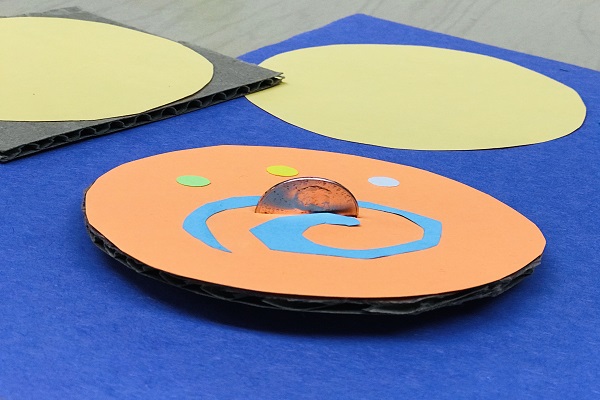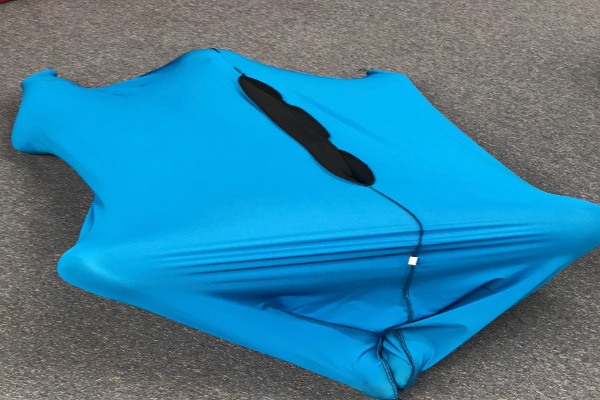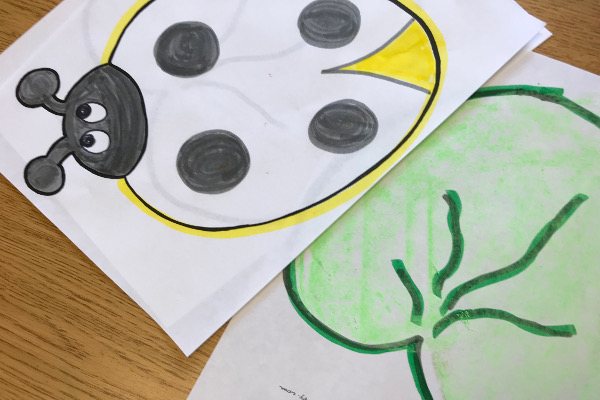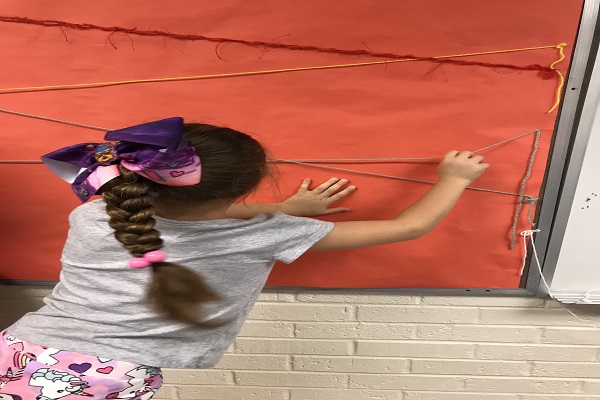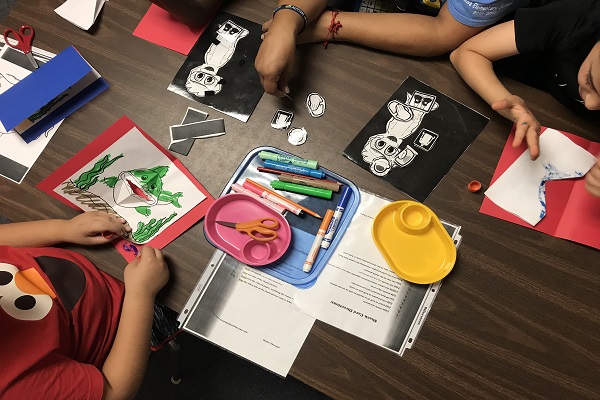11 Dec Penny Spinning Toys
These are definitely worth doing. Upper body strengthening (including digits), coordination, and visual motor skills get a workout and it is so much fun! SUPPLIES: cardboard(we used a discarded box), scissors, and a coin (penny, nickel, or quarter). Colored paper and glue is optional. DIRECTIONS: Using the...




